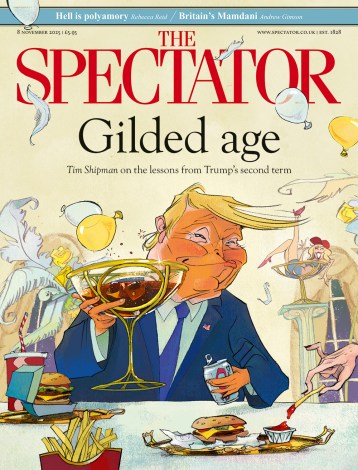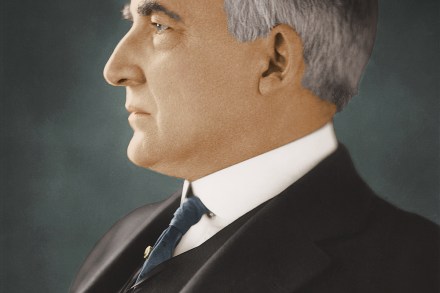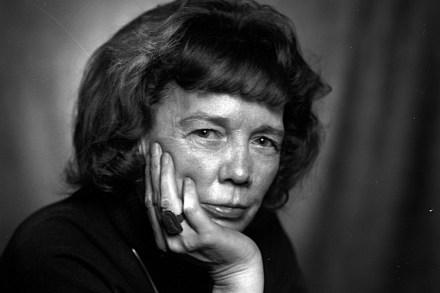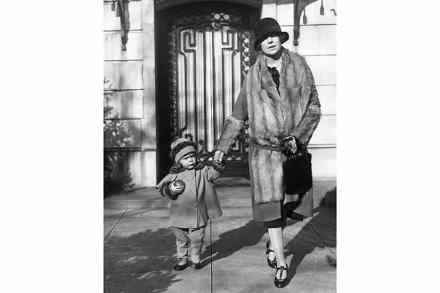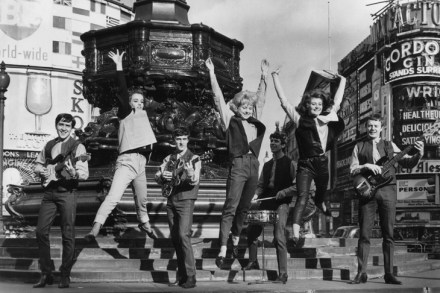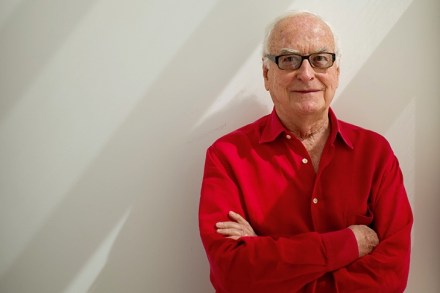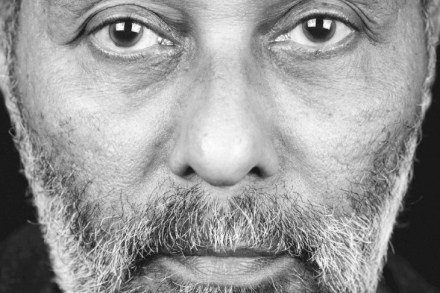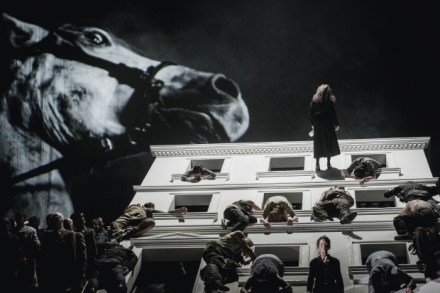A precocious protagonist: Vera, or Faith, by Gary Shteyngart, reviewed
It’s impossible not to love Vera Bradford-Shmulkin, the whip-smart Jewish-Korean- American child narrator of Vera, or Faith, Gary Shteyngart’s sixth novel, which is a masterclass in the author’s sardonicism, set in a frighteningly realistic near future. School is awful and Vera’s world is on the brink of imploding because ‘Daddy and Anne Mom’, her stepmother, aren’t getting on, what with Igor’s evening ‘mar-tiny’ habit and crumpling status as a ‘leftist intellectual’. The wider American world is in similar turmoil, with an escalating campaign for the Five-Three amendment. This calls for ‘exceptional Americans’ who can trace their roots to before the Revolutionary War to get added voting weight, heightening tensions. Vera,

